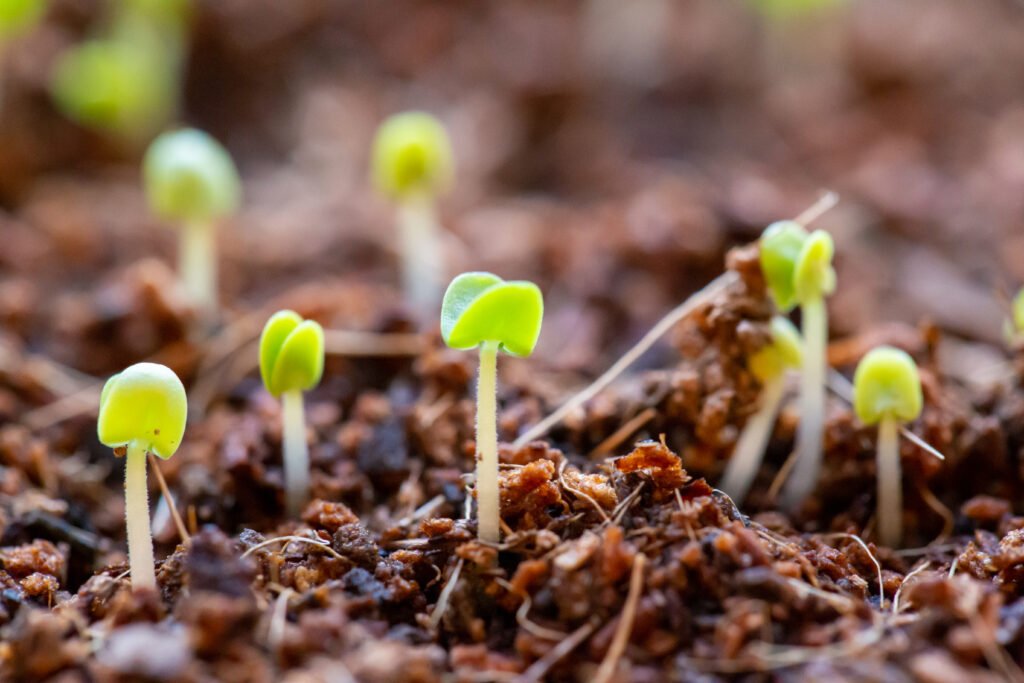Agricultural production faces significant challenges, both in terms of environmental impact and meeting the growing demand for food. Sustainable agriculture has emerged as a solution to these challenges, and microgreens cultivation, with its eco-friendly practices and low resource consumption, offers a promising path forward. But why are microgreens an ideal option for sustainable farming?
1. Low Water Usage
Microgreens require much less water compared to traditional crops. Especially when grown using soilless methods like hydroponics, water efficiency is maximized. Many varieties of microgreens are ready to harvest in just a few weeks, reducing the overall water consumption. This helps conserve water resources and lowers the water footprint of agricultural activities.
2. High Yield in Small Spaces
Microgreens can be grown in small spaces while still providing high yields. They are perfect for urban farming solutions, such as vertical farming systems, or even small-scale home setups. This means microgreens can be grown in cities, reducing the need for large rural farming areas and relieving the pressure on traditional farmland.
3. Short Growing Cycle
Most microgreens are ready to harvest in 7-21 days. This fast growth cycle allows for multiple harvests throughout the year, making efficient use of resources and reducing the carbon footprint associated with lengthy farming processes. Compared to traditional crops, microgreens provide a rapid return on investment for growers.
4. Reduced Need for Soil and Chemicals
Microgreens can be grown using nutrient solutions or organic growing mediums instead of traditional soil. This minimizes the need for pesticides and chemical fertilizers, which have harmful environmental and health impacts. Growing microgreens promotes a cleaner, safer, and more sustainable food production system.
5. High Nutrient Density with Fewer Resources
One of the most striking features of microgreens is their exceptional nutritional value. Despite their small size, they are packed with vitamins, minerals, and antioxidants. Studies have shown that microgreens can contain higher concentrations of nutrients compared to their mature counterparts. This means that even with minimal resources, microgreens can provide a powerful nutritional punch—an ideal scenario for sustainable agriculture.
6. Local Production and Lower Carbon Footprint
Because microgreens can be grown locally with ease, the carbon emissions associated with food transportation and shipping can be reduced. Instead of food traveling long distances to reach consumers, local microgreens production offers a fresh and environmentally friendly food source, cutting down on carbon emissions and preserving freshness.
Conclusion
Microgreens cultivation represents a key component of sustainable agriculture by offering an environmentally friendly, resource-efficient model of production. With their fast growth, minimal water and space requirements, and reduced need for harmful chemicals, these tiny plants hold great potential for the future of farming. As the world moves toward more sustainable agricultural practices, microgreens and other innovative solutions will continue to attract interest from both farmers and urban growers.


